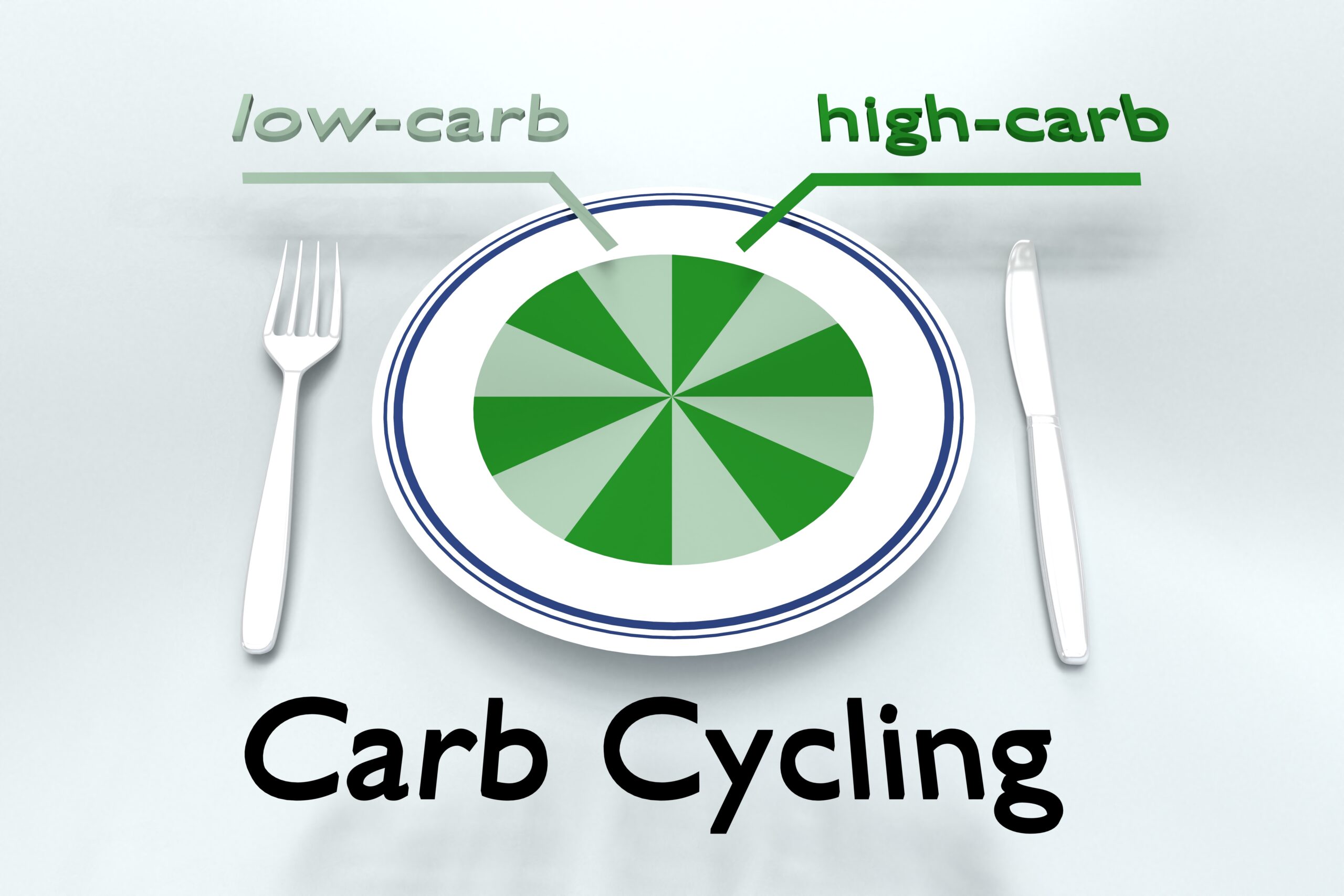Carb Cycling
Carbohydrates, popularly termed “carbs,” are one of the three primary macronutrients in our diet, alongside proteins and fats. Carbs are our body’s primary energy source, and they play a crucial role in fueling our daily activities and workouts. However, when it comes to weight loss and muscle gain, the timing and quantity of carbohydrate intake can become a critical consideration. This is where the concept of carb cycling comes in.
What is Carb Cycling?
Carb cycling is a dietary strategy wherein an individual alternates between days of high-carbohydrate intake and days of low-carbohydrate intake. The idea behind this approach is to optimize the body’s metabolic functions by manipulating carb intake based on one’s activity level and fitness goals.
Why Carb Cycling?
- Fat Loss and Muscle Retention: On low-carb days, the body is pushed to use stored fat as an energy source due to the scarcity of carbs, which can potentially promote fat loss. Concurrently, high-carb days aim to replenish glycogen stores and fuel intense workouts, supporting muscle maintenance or growth.Energy Regulation: By aligning high-carb days with intense workout sessions, one can ensure that they have sufficient energy to perform at their best, while low-carb days can coincide with rest days or low-intensity workouts.Insulin Sensitivity: Regularly depleting and then replenishing glycogen stores can enhance insulin sensitivity, ensuring that the body utilizes carbs more effectively when they are consumed.
Implementing Carb Cycling
A basic carb cycling routine could involve:
- High-carb days (2-3 times a week): Align these days with heavy workout sessions like weight lifting or high-intensity interval training. Consume a higher percentage of total daily calories from carbs.Low-carb days (3-4 times a week): These can coincide with rest days or low-intensity cardio workouts. Reduce your carb intake significantly.No-carb or very low-carb days (0-1 times a week, optional): On these days, intake is restricted to only trace carbs, primarily from non-starchy vegetables. This can further stimulate fat loss.
Food Choices
While the focus is on carbs, the quality of those carbs matters:
- High-carb days: Opt for whole grains like quinoa, brown rice, and oatmeal. Include starchy vegetables like sweet potatoes and legumes. Fruits, especially post-workout, can also be beneficial.Low-carb days: Focus on non-starchy vegetables like broccoli, spinach, and zucchini. Lean proteins and healthy fats become a primary source of energy.
Potential Challenges and Considerations
- Hunger on Low-Carb Days: Given the reduced energy availability, it’s not uncommon to feel hungrier on low-carb days. It’s essential to ensure adequate protein and fat intake to satiate hunger.Workout Performance: While the idea is to match high-carb days with intense workouts, some people might still feel a dip in performance initially until they adapt.Complexity: Tracking carb intake can become challenging, especially for those new to dietary planning. Some may find it hard to stick to the plan.Individual Variation: Like any dietary strategy, carb cycling might not work the same for everyone. It’s crucial to monitor one’s body responses and adjust accordingly.
Conclusion
Carb cycling is a versatile dietary approach that merges the benefits of both high-carb and low-carb diets. By strategically altering carb intake based on physical activity and goals, it’s possible to optimize fat loss, muscle retention, and overall performance. However, like all dietary strategies, it requires dedication, planning, and keen observation of one’s body responses.
Before embarking on a carb cycling regimen or any dietary modification, it’s essential to consult with a nutritionist or healthcare professional to ensure it aligns with individual needs and goals.
